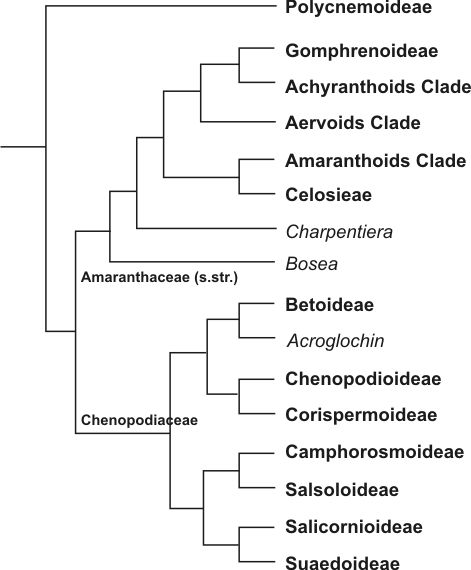|
Oreosalsola
''Oreosalsola'' is a genus of plants in the family Amaranthaceae, erected by Akhani in 2016.Akhani (2016) ''Phytotaxa'' 249: 162. Species were often previously placed in the genus ''Salsola''; they have been recorded from temperate and sub-tropical central Asia. Species ''Plants of the World Online'' includes:Plants of the World Online: ''Oreosalsola'' Akhani (retrieved 6 March 2024) # ''Oreosalsola abrotanoides'' # ''Oreosalsola botschantzevii'' # ''Oreosalsola drobovii'' # ''Oreosalsola flexuosa'' # ''Oreosalsola lipschitzii'' # ''Oreosalsola masenderanica'' # ''Oreosalsola montana'' - type species # ''Oreosalsola oreophila'' # ''Oreosalsola tianschanica'' References External links * {{taxonbar, from=Q28122956 ...[...More Info...] [...Related Items...] OR: [Wikipedia] [Google] [Baidu] |
Amaranthaceae
Amaranthaceae ( ) is a family of flowering plants commonly known as the amaranth family, in reference to its type genus '' Amaranthus''. It includes the former goosefoot family Chenopodiaceae and contains about 165 genera and 2,040 species, making it the most species-rich lineage within its parent order, Caryophyllales. Description Most species in the Amaranthaceae are annual or perennial herbs or subshrubs; others are shrubs; very few species are vines or trees. Some species are succulent. Many species have stems with thickened nodes. The wood of the perennial stem has a typical "anomalous" secondary growth; only in subfamily Polycnemoideae is secondary growth normal. The leaves are simple and mostly alternate, sometimes opposite. They never possess stipules. They are flat or terete, and their shape is extremely variable, with entire or toothed margins. In some species, the leaves are reduced to minute scales. In most cases, neither basal nor terminal aggregations of leav ... [...More Info...] [...Related Items...] OR: [Wikipedia] [Google] [Baidu] |
Amaranthaceae Genera
Amaranthaceae ( ) is a family of flowering plants commonly known as the amaranth family, in reference to its type genus '' Amaranthus''. It includes the former goosefoot family Chenopodiaceae and contains about 165 genera and 2,040 species, making it the most species-rich lineage within its parent order, Caryophyllales. Description Most species in the Amaranthaceae are annual or perennial herbs or subshrubs; others are shrubs; very few species are vines or trees. Some species are succulent. Many species have stems with thickened nodes. The wood of the perennial stem has a typical "anomalous" secondary growth; only in subfamily Polycnemoideae is secondary growth normal. The leaves are simple and mostly alternate, sometimes opposite. They never possess stipules. They are flat or terete, and their shape is extremely variable, with entire or toothed margins. In some species, the leaves are reduced to minute scales. In most cases, neither basal nor terminal aggregations of leaves o ... [...More Info...] [...Related Items...] OR: [Wikipedia] [Google] [Baidu] |
Salsola
''Salsola'' is a genus of the subfamily Salsoloideae in the family Amaranthaceae. The genus ''sensu stricto'' is distributed in Australia, central and southwestern Asia, North Africa, and the Mediterranean. Common names of various members of this genus and related genera are saltwort (for their salt tolerance) and tumbleweed or roly-poly. The genus name ''Salsola'' is from the Latin , meaning . Description The species of ''Salsola'' are mostly subshrubs, shrubs, small trees, and rarely annuals. The leaves are mostly alternate, rarely opposite, simple, and entire. The bisexual flowers have five tepals and five stamens. The pistil ends in two stigmata. The fruit is spherical with a spiral embryo and no perisperm. Systematics The genus name ''Salsola'' was first published in 1753 by Linnaeus in ''Species Plantarum''. The type species is ''Salsola soda'' L. The genus ''Salsola'' belongs to the tribe Salsoleae ''s.s.'' of the subfamily Salsoloideae in the family Amaranthaceae. The ... [...More Info...] [...Related Items...] OR: [Wikipedia] [Google] [Baidu] |

